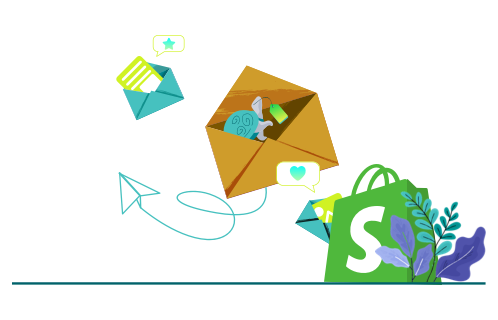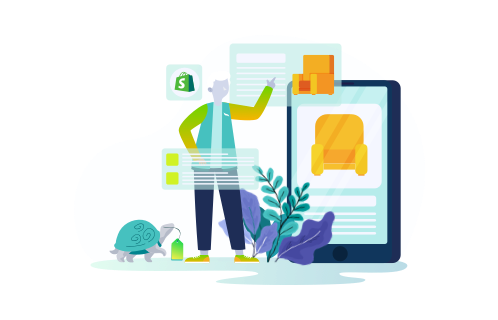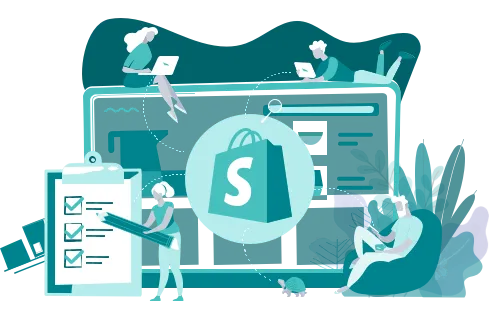Shopify email marketing is your secret weapon to boost sales, strengthen customer relationships, and drive repeat purchases – but only if you do it right! This step-by-step guide will walk you through launching your first campaign, from the start of strategizing to analyzing results.
In this article, we’ll share:
- The essentials before launch.
- The overview of the best tools.
- The steps to set up the campaign for Shopify store.
- The ways to define the best time for emailing.
The GenovaWebArt team has extensive experience managing Shopify email campaigns. We helped companies like MìLà and Paper Republic set up and fine-tune their email marketing flows as a part of redesigning and maintenance. This allowed our clients to gain additional insights into their audience and interact with users more effectively.
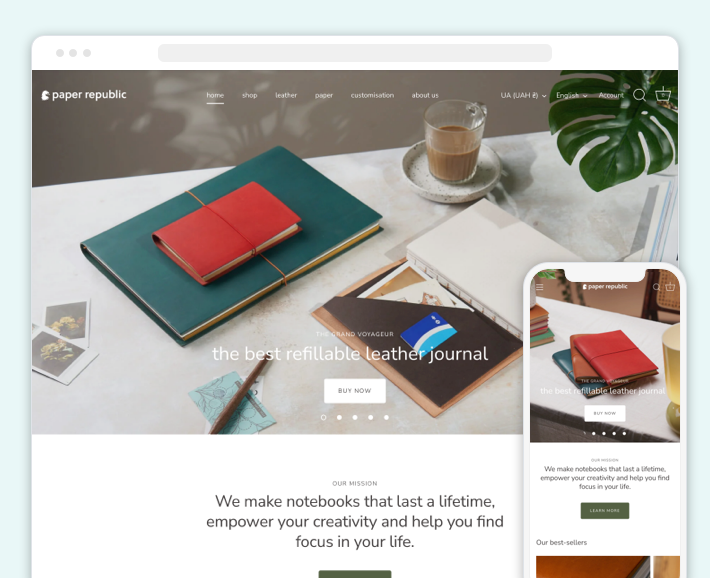
Today, we’ll gladly help you figure out how it all works.
Table of Contents
- Nine Essential Business Actions Before Launching Your First Shopify Email Campaign
- Shopify Email vs. Other Tools for Shopify Email Marketing
- Steps to Create Your First Email Campaign
- Finding the Best Time for Sending Emails
- When to Consider Professional Help for Shopify Email Campaigns
- How Can GenovaWebArt Help You with Shopify Email
- Conclusion
- FAQ
Nine Essential Business Actions Before Launching Your First Shopify Email Campaign
So, how to use email campaigns on Shopify? Launching a first campaign is an exciting step towards building a stronger customer relationship and driving sales. However, diving headfirst into crafting emails without a solid foundation can lead to not-so-great results.
Always start with careful planning and preparations. Launching a campaign is a lengthy and strategic process that starts long before you click the “Send” button and nicely designed letters start landing in your customers’ inboxes. Let’s break down the essential steps preceding it.
Set Your Business Objectives
Before you even start drafting emails, establish clear objectives. What do you hope to achieve with your email campaign? Is it boosting sales, increasing brand awareness, or nurturing leads? Is it all of the above? Then, which one is of the highest priority at the moment?
Collect and Analyze Customer Data
Gather as much information about your customers as possible, including demographics, purchase history, browsing behavior, and engagement metrics. You can use Shopify Analytics, Google Analytics, or some other Shopify app. Our team han can help you integrate the necessary tools. By understanding your audience’s preferences and behaviors, you can segment your audience to deliver personalized and relevant content.
Create Buyer Personas
With goals set and research completed, you can create detailed buyer personas. These are the profiles of an average user from each group, and their key characteristics are outlined. With their help, it’ll be easier to tailor your messaging to resonate with specific audience segments.
Decide on Campaign Type
Your goals and audience define the type of campaign you’ll need to set up. There are several of them:
- Promotional campaigns inform about sales and discounts, announce product launches, and recommend complementary items.
- Engagement campaigns welcome new users, offer exclusive rewards, provide helpful information in newsletters, or suggest leaving feedback via surveys.
- Retention campaigns re-engage inactive customers with personalized offers, reward repeated purchases, and encourage them to join loyalty programs.
- Transactional campaigns include order confirmation, shipping updates, abandoned cart follow-ups, and similar reminders.
Businesses generally use all or at least several different types of campaigns. Decide which one you need to set up first and start with it.
Build Your Email List
Build it strategically. It will be the cornerstone of any successful email campaign. Make sure you collect all addresses ethically and transparently. To encourage sign-ups, you can offer discounts or exclusive content, implement pop-ups, or add checkout opt-ins to maximize list growth. And don’t forget that the quality of contacts comes before quantity.
Choose an Email Marketing Platform
Email marketing campaigns using Shopify email are one of the widely used options. But it’s also one of many. These days, numerous tools can integrate with Shopify. When selecting a platform, look for features like email marketing automation, segmentation, A/B testing, and robust analytics.
Craft Compelling Content
Your email content should be informative, engaging, and relevant to your audience. How do you achieve that? Tell a story, offer value, and provide an apparent reason for opening your email. Use a conversational tone to connect with readers on a personal level. Avoid too pushy, demanding, or aggressive communication. Use high-quality visuals to support the copy.
Create a Content Calendar
If you seriously consider email marketing for Shopify, it’s best to plan your email content at least a little in advance. Prepare a content calendar where you outline the topics, themes, and frequency of your emails. This will help maintain consistency and ensure a steady flow of engaging content while you are devising the strategy for the future.
Establish Key Performance Indicators
Determine the metrics to track. Common KPIs include open rates, click-through rates, conversion rates, and revenue generated. Watching these metrics will help you evaluate your campaign’s performance and make data-driven adjustments.
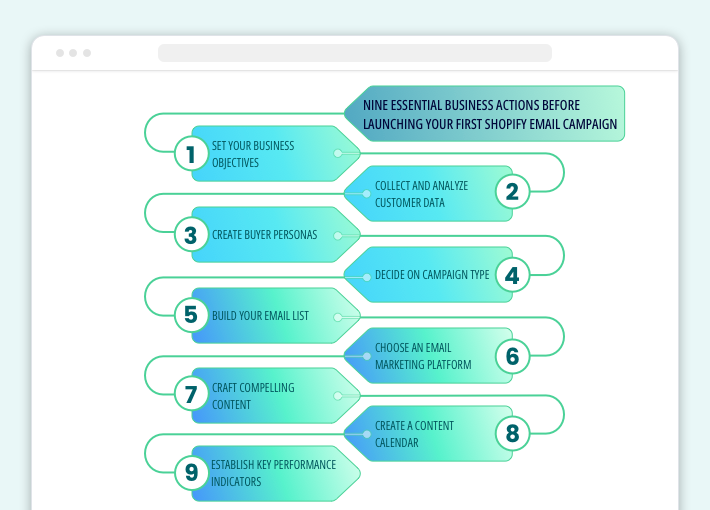
Shopify Email vs. Other Tools for Shopify Email Marketing
It’s easy to get lost among the variety of tools for Email Marketing on Shopify. The platform’s native solution, Shopify Email, is a number one choice for many businesses. One of its most powerful alternatives is Klaviyo. We decided to focus on these two tools today. Both offer the best mix of functionality for complete email setup and management.
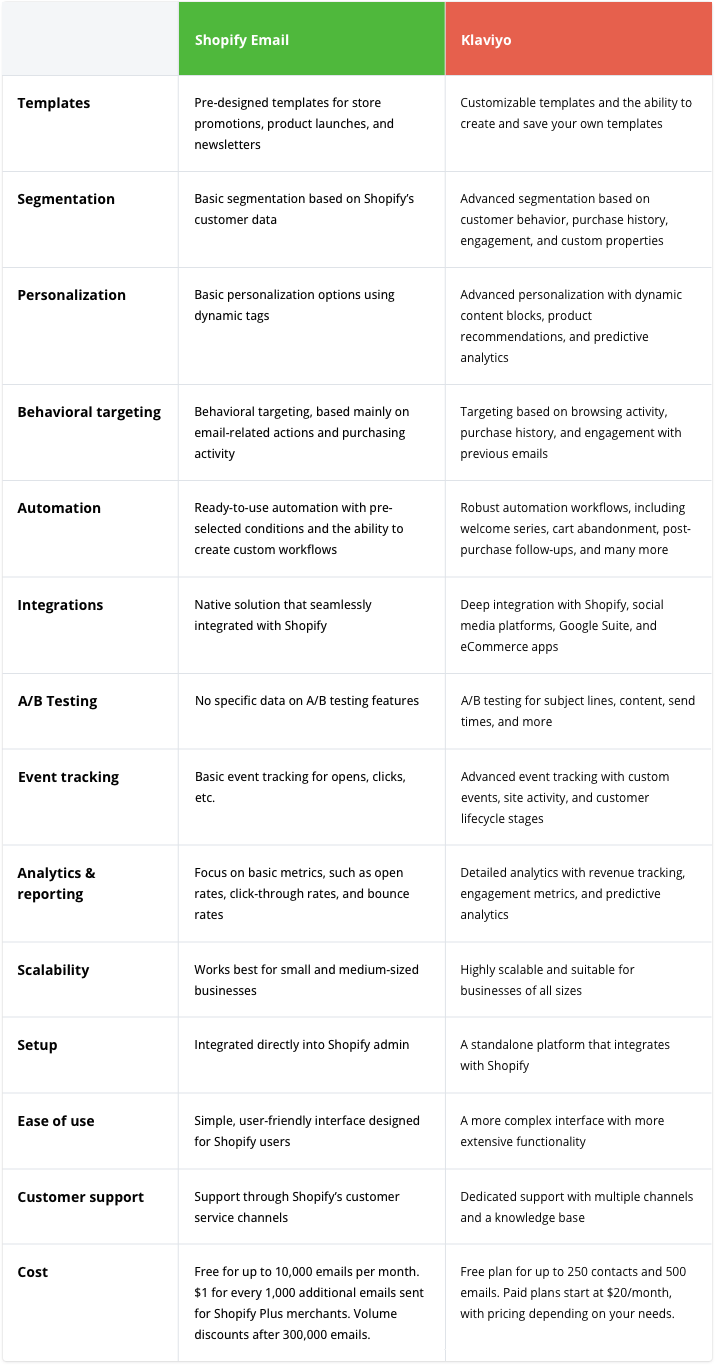
How to set up email marketing on Shopify if you aren’t sure which tool would work best? To choose what suits you best at the moment, consider your specific needs and budget.
Shopify Email is a good option for small businesses with basic email marketing needs. It’s easy to use and integrates seamlessly with Shopify. However, it lacks advanced features for complex campaigns and audience segmentation.
Klaviyo is great for eCommerce businesses looking to optimize and scale their email marketing efforts. It offers greater flexibility, personalization, and automation capabilities. However, it requires a steeper learning curve and has a higher price tag.
Still in doubt? Consult a Shopify development company. GenovaWebArt is a Klaviyo Partner and works with Shopify Email as an integral part of the platform. We can analyze your case and suggest the ultimate option.
Steps to Create Your First Email Campaign
The preparation phase is over now. You have the plan, the audience, the message, and even the tools. Let’s move on and learn how to create email marketing on Shopify from a technical viewpoint.
The exact steps depend on the functionality and interface of the tool you decide to use. Nevertheless, they are generally the same. You upload the data, set up the flow, and test your solutions. Here’s a more detailed explanation.
- Import your email list. Once again, ensure the email base complies with data privacy regulations and upload it to the platform.
- Design your email. Select a pre-designed template or create your own. Insert your written content, images, and calls to action.
- Test your email. Send it to yourself or to the team first. Check for formatting errors, broken links, and overall appearance. Preview on different devices to ensure it looks good on desktops, tablets, and smartphones.
- Set up your campaign. Select the recipients. It may not be everyone on your list. Schedule the letters or send them immediately.
- Run A/B testing. If you decide to send out several design and text options, set a time limit for the campaign. Always analyze the performance of each version.
- Monitor and analyze. Track performance – open rates, click-through rates, conversions, etc. Analyze the results and use the findings to refine future campaigns.
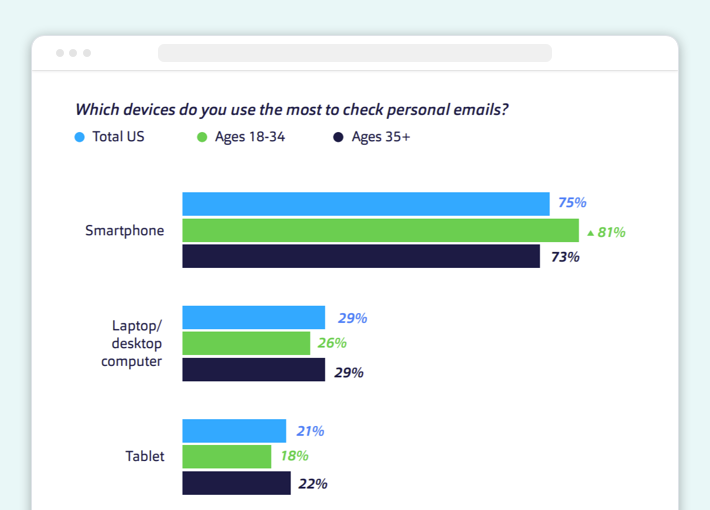
Now that you know how to set up email marketing on Shopify, the next step would be honing your skills and working on improvements. Personalization, dynamic content, experiments, and automated emails are often a part of it. But that’s a story for another guide.
Finding the Best Time for Sending Emails
You can confidently say that you know how to send email to customers on Shopify if you can determine the right time. Yes, finding the optimal hours for a campaign can significantly impact its success.
Marketing companies share detailed research on the sending time and related metrics. For example, according to Moonsend, Thursday and Tuesday are the days with the highest open rates, while Saturday is the opposite. The best opening times are around 8 and 9 am, and there’s a decline in the evening after 6 pm.
GetResponse reports two slots that work best. It’s early morning (4-6 am) and afternoon (5-7 pm). The average open and click-through rates are highest on Tuesdays and drop on weekends. Brevo, Mailshake, and HubSpot all share slightly different data.
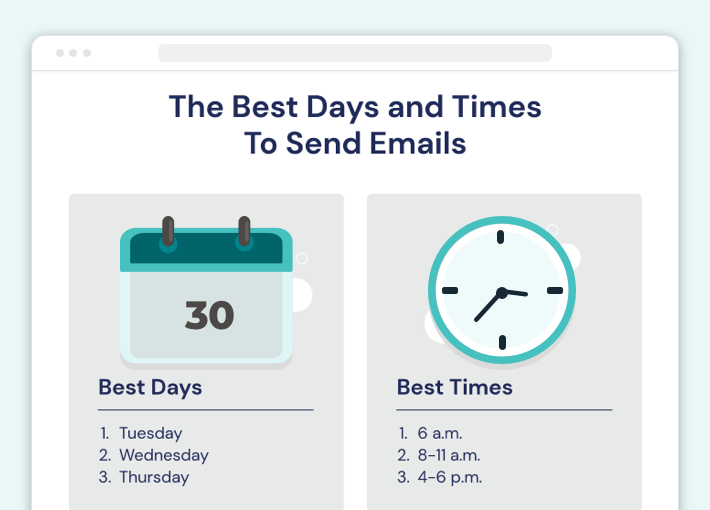
You can start with what seems relevant for you for the first email campaign. Meanwhile, begin to do your own research to find what hours work specifically for Shopify store you run. The following steps will help you do it.
Learn More About Your Audience
You can use Shopify’s built-in tools or connect additional apps to get insights from various sources. They provide insights and recommendations based on your audience’s behavior. There can be some hints regarding their shopping times, time zones, and other patterns that matter.
Test Different Scenarios
Trying different send times will provide insights into when your audience is most responsive. You can do it through A/B testing, sending emails at various times to small portions of your list. Use both research data and your assumptions. Compare the open and click-through rates to see which time performs better.
Consider Time Zones
If you have a global audience, time zones are a critical factor. Group your email list by time zone and schedule emails to be sent at optimal local times. Thanks to Shopify email marketing automation, you don’t need to set an alarm to start the campaign. Just prepare everything when it’s convenient and schedule the start.
Monitor Your Efforts
Track metrics. Pay attention to open rates, click-through rates, and conversion rates. Identify any trends related to send times. Be flexible and adjust your strategy based on the data. What works today might not work tomorrow, as audience behaviors can change.
Stay Consistent
Finally, determine what works and use it. Sending emails consistently can help build anticipation among your subscribers, leading to better engagement. Regular scheduling will facilitate the implementation and alignment of the content plan with the proper timing.
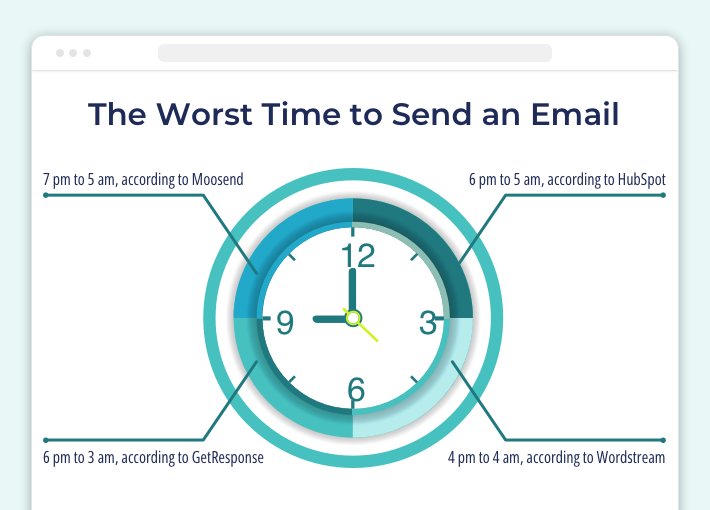
When to Consider Professional Help for Shopify Email Campaigns
We aimed to create a definitive guide on how to create email marketing on Shopify. Nevertheless, it’s okay if you still have some doubts regarding campaign planning and setup. While many businesses can successfully manage their email marketing in-house, there are instances when seeking professional help can be a better approach. This applies to the following cases:
- Limited resources. If your team lacks the time, expertise, or staff to handle email marketing effectively, trying to handle everything on your own will be a burden.
- Complex campaigns. Intricate campaigns involving advanced segmentation, automation, or personalization call for extra help.
- Performance issues. If you’re reading this after your underperforming email campaigns, don’t hesitate to reach out for a consultation.
- Integration challenges. Integrating email marketing into an omnichannel architecture may be challenging. Whether it’s a technical or business aspect, experts can solve it.
- Need for scalability. If the work scope is complex to handle or comprehend, it will only give your entire team a headache. It’s best to delegate the task.
A team specializing in Shopify email marketing brings in-depth knowledge and proven practices. As a result, you can expect better data analysis, full technical support, and strategic guidance.
How Can GenovaWebArt Help You with Shopify Email
When creating websites from scratch, it’s crucial to ensure that every aspect aligns with the branding and marketing strategy. That includes email communications. Hence, GenovaWebArt’s expertise extends beyond crafting visually appealing websites. We craft holistic digital strategies and develop email campaigns that resonate with your target audience.
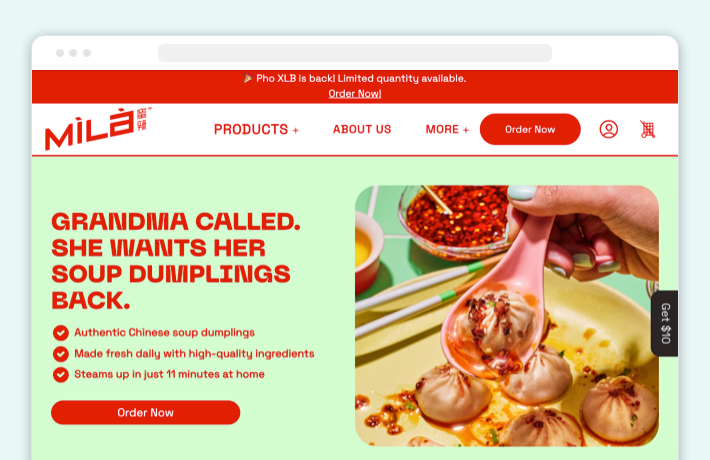
Our capabilities include developing custom email templates that align with the website’s aesthetic, integrating Shopify email marketing automation, and implementing sophisticated email logic. For instance, we can create personalized email experiences based on user behavior, purchase history, or demographic data. This level of customization ensures that every email delivers maximum impact and drives conversions.
We regularly help clients figure out how to use email campaigns on Shopify to the maximum. Such scenarios may include incorporating back-in-stock messaging, pre-order notifications, and various special flows for marketing emails you can find in our case studies. We’ll be glad to learn about your Shopify store and discuss email marketing scenarios for it.
Conclusion
Launching a successful Shopify email marketing campaign requires a strategic approach and a deep understanding of your audience. By following the steps outlined in this guide, you can lay the groundwork for creating effective messaging and offers that drive results.
Just remember that answering the question “how to use Shopify email marketing?” once isn’t enough. Email marketing is an ongoing process that requires continuous monitoring and optimization. Keep experimenting with different strategies, analyze your results, and don’t follow your initial plans blindly. Stay flexible and adapt your approach when needed.
And if you’re looking for expert guidance or need assistance with any aspect of your email marketing journey, our team is here to help. We offer comprehensive email marketing services, from campaign strategy to execution and analysis. Contact GenovaWebArt today, and let’s turn your email campaigns into powerful revenue generators together.
